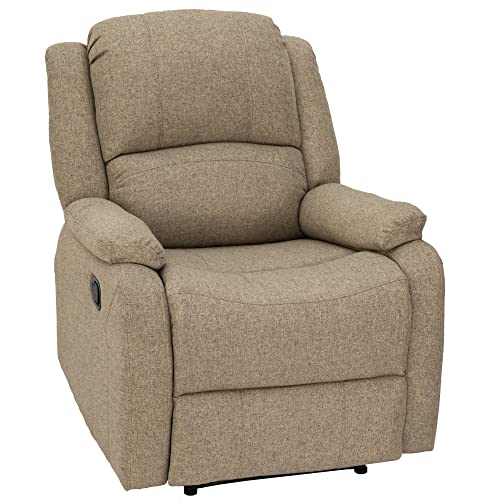I think it's all a balance.
Doesn't matter how carefully/often someone changes the oil, 300k is still 10x more than 30k on the clock.
I don't want mileage too low(means it sat a lot, which causes issues).
or too high(means more is worn).
I like mileage in line with age. I used to be an older I can replace anything vehicle guy, until I realized that I was replacing everything regularly, and the time and money involved didn't make sense.
Manufacturers are required to produce enough spares to have spare parts available for a certain time frame, I think it's about 10 years after manufacture.
So for me the ideal vehicle is something about 7-15 years old, unless it's something made over a longer period(like the ford 7.3l diesel) which makes for better parts availability.
96 and newer means it will have OBD-II which is the easier to plug into computer, you can get a small bluetooth dongle that will connect to your phone to read codes for under 30$, and any mechanic should have a code reader for that.
The mid-80s to early 90s seemed to be a transition period of sorts, with a lot of strange proprietary things going on, always had bad luck with them.
I don't want something brand new either, parts are harder to find, more expensive and not every mechanic will know how to work on them.
So I almost always look from 1996-2005.
In the end I bought an ambulance with 200k miles, paid 3100$ which is what I'd spend in parts in a year for my old cheap to buy jeeps or volkswagen, ford e350 with a 7.3L diesel in it and aluminum box on the back, I shopped carefully and got one that was used by the ambulance service as a service vehicle for the last half of it's life. 500$ for new brake pads all around and new calipers up front, oil changes every 5000 miles, and it's doing great. Gutted the interior(eliminating 1500lbs of crap and rotten plywood).
The best thing I've found is to shop where a vehicle is out of place. A camper in the big city, a work van in a vacation spot etc. They seem to be better deals than around where the vehicle makes sense, fewer buyers means better pricing.









































































